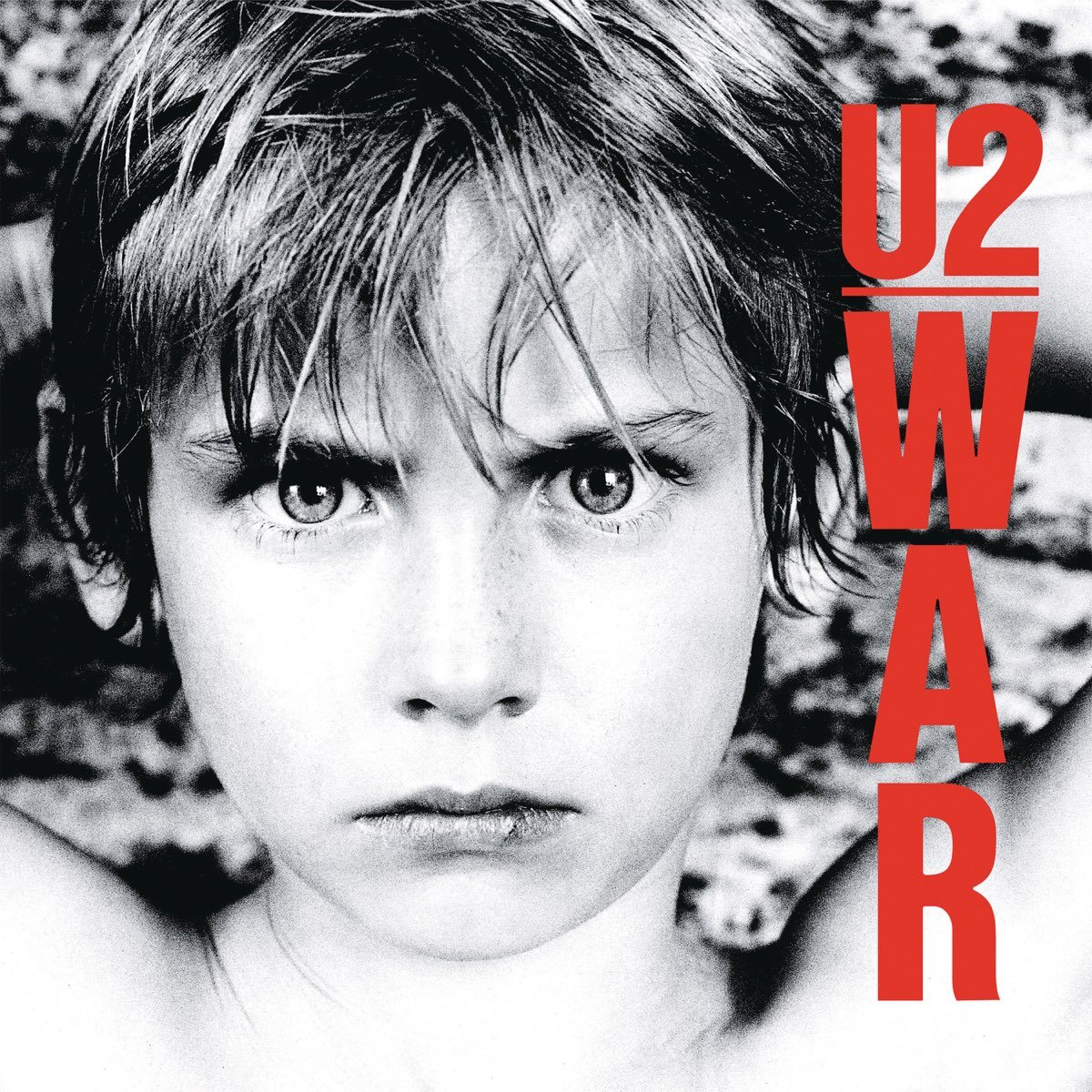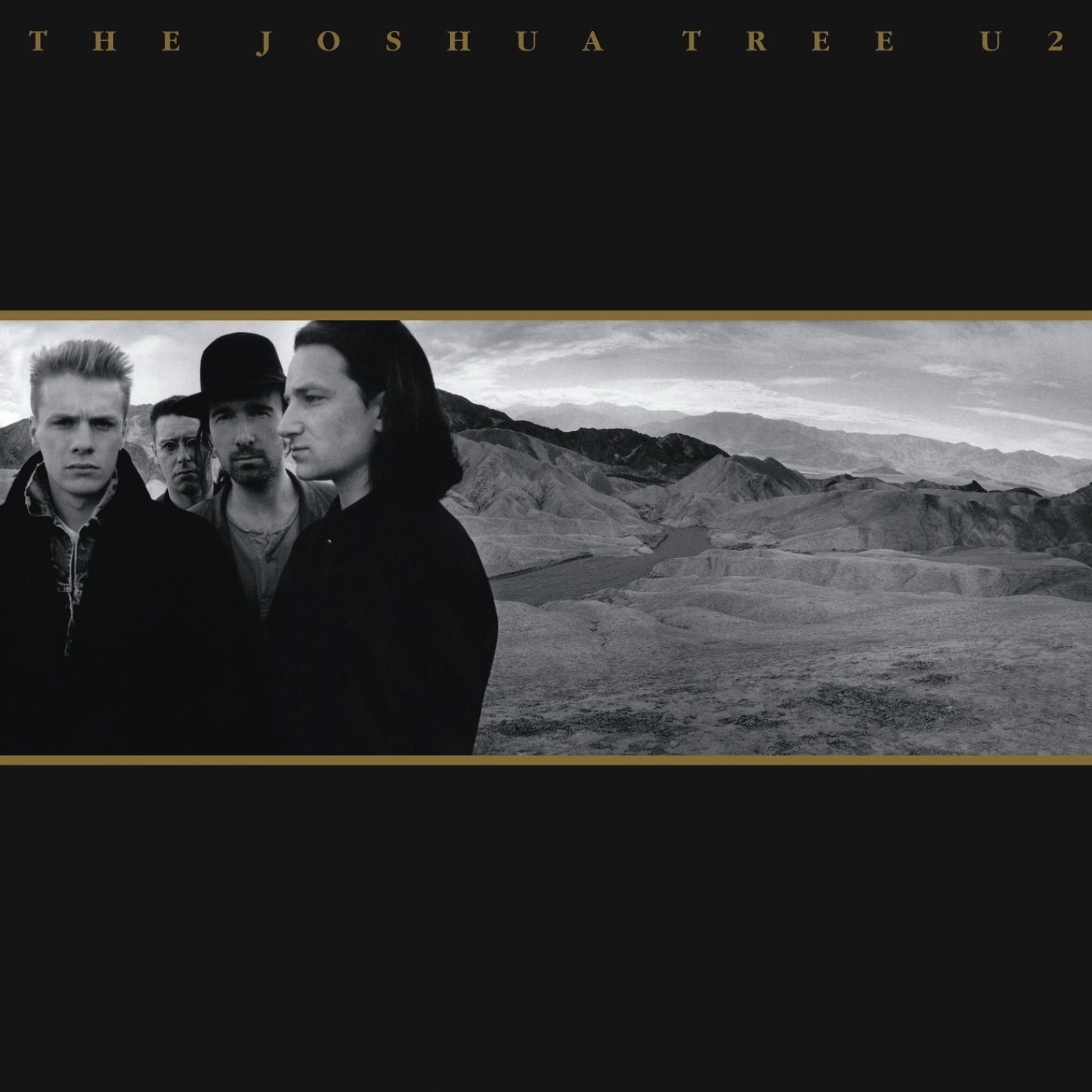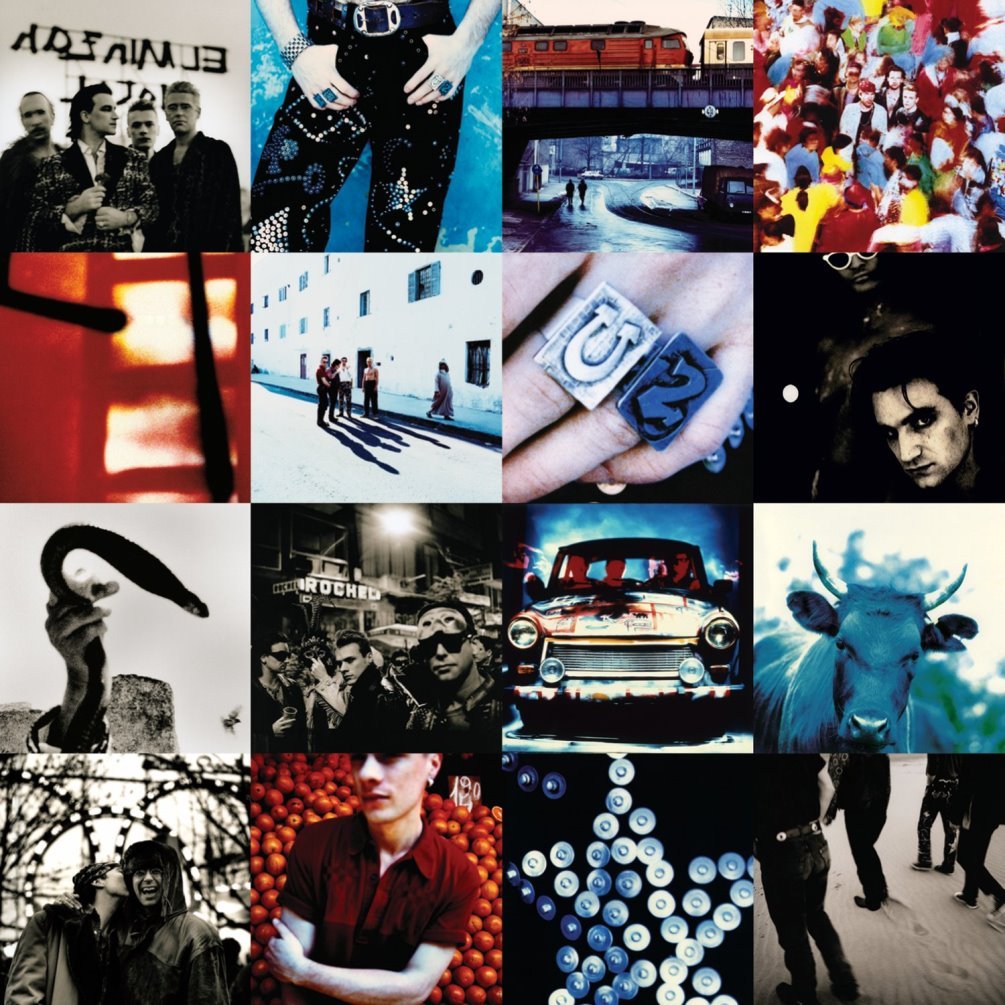Happy 35th Anniversary to U2’s sixth studio album Rattle and Hum, originally released October 10, 1988.
In 1988, following the worldwide success of multi-GRAMMY winning The Joshua Tree, U2 were undoubtedly the hottest band in the world. Having followed a steady path of musical brilliance with each release to date, the Irish foursome came to define what rock was all about in the mid to late ‘80s: a mix of social consciousness and epic, wide landscape filling sound.
With each album’s success, U2 became more and more enamored with the mystery of America and Rattle and Hum can be seen as the culmination of this obsession.
Written and recorded during the height of their success and the tour in support of The Joshua Tree, Rattle and Hum is a wayward love letter to America and its 50 states. There’s a sense of the journeyman in the way the album is sequenced. Its mix of live cuts and new studio material has it at times feeling as a sound looking for a home, a vision in search of focus.
This is compounded by the supporting rockumentary shot by Phil Joanou. As a standalone piece, the film has a greater sense of narrative than the album. Yet the album isn’t quite a soundtrack. Reflecting on the record several years later, guitarist The Edge refashioned Rattle and Hum as a scrapbook of sorts, a collection of snapshots.
Under this interpretation the album works, in part. A truer reflection is that this is U2 between two worlds. It is part Joshua Tree U2 riding high on success and part U2 looking to shed themselves of it, ultimately reshaping themselves into the U2 of Achtung Baby, which would arrive three years later in 1991.
Our first taste of the album came with lead single “Desire.” Built around a Bo Didley beat, “Desire” is packed with energy and poignant (though sometimes cliché) lyrics. It has all the key elements of U2—the perfect snapshot of their sound. It’s driven by military styled booming beats bolstered by the classic rock groove, heavy effect pedal driven guitars with twisted, screaming chords, a solid foundation of bass work, and Bono’s expressive vocals. It was preceded with an almost religious fervor, anticipated like the second coming. And when it dropped it lived up to the pending hype and enjoyed a hallelujah moment.
Watch the Official Videos:
Despite being the third track of the album, it feels more like the album’s true opener. Preceded by a live reworking of The Beatles’ “Helter Skelter” and The Edge composed and performed “Van Diemen’s Land”—a sequencing move that felt abrupt and confused—“Desire” gives the album back a sense of direction which leads into the brooding “Hawkmoon 269,” which continues the rhythmic nod to Bo Didley and acts as a counterpoint to the positive blooming of “Desire.”
Just as the album feels like it has purpose, we are plunged back into the U2 touring roadshow with a live cover of Bob Dylan’s “All Along The Watchtower”—and an almost carbon copy of Jimi Hendrix’s take—as well as a gospel inspired rendition of “I Still Haven’t Found What I’m Looking For.” The former feels like filler, while the latter feels like a true realization of the power of The Joshua Tree’s hit in all its goosebump inducing splendor.
This leads into another couplet of live tracks with “Silver and Gold” and “Pride (In the Name of Love)” both of which capture the energy of U2 live, but fail to transcend beyond it.
It’s not until the midpoint of the album that we really get introduced to the bulk of the studio recordings. The triumphant Billie Holiday tribute “Angel of Harlem,” the dour Dylan co-written “Love Rescue Me” and the blues rocker “When Love Comes To Town” with B.B. King. All three were recorded in the acclaimed Sun Studios and pay homage to (and are inspired by) the early rock stylings of Sun’s legacy.
Although all three tracks are strong, they reinforce the challenge with Rattle and Hum. Much of it is reflective without being transformative, and U2 end up assuming the role of one of the world’s best covers band.
But in the moments when U2 allow themselves to be U2 you get the album’s strongest works. “Heartland” continues the trajectory of “MLK” (from 1984’s glorious The Unforgettable Fire) and many of the soulful moments of rock from The Joshua Tree.
Likewise, “God Part II” (building on from John Lennon’s “God”) takes that momentum and pushes it further down the line giving us a glimpse of the more Avant-rock sound that would dominate future releases. It’s more experimental and forward sounding than anything else on the album.
Switching back to live recordings for a final time, we are treated to a dialed-up version of the monster “Bullet the Blue Sky” that places you smack bang in the midst of U2 in all their stadium glory, including a politically charged rant from Bono. It’s a climax to the live set that is an apt closing of this chapter of American fascination.
Closer “All I Want Is You” delivers an extended fade out with one of U2’s strongest and less self-conscious songs in their career. Heartfelt, longing and resonant, “All I Want Is You” is poetic and picturesque. A beautiful moment in along a somewhat uneven journey. In fact, the final four songs on the album show where the concept of Rattle and Hum actually works, mixing exciting new songs with strong live recordings.
Enjoying this article? Click/tap on the album covers to explore more about U2:
As much as it felt disjointed upon release—a feeling that has only been amplified by the marching years—Rattle and Hum does contain some real gems. They may be mired in a mix of live recordings and covers, but songs like “Heartland,” “God Part II,” “Hawkmoon” and “All I Want Is You” remain moving.
Rattle and Hum captures U2 in a glorious moment of time but also at the crossroads of reaching the mountaintop and wondering where to travel next. Thankfully, they were happy to close the chapter knowing a new blank page awaited them. It’s one of the qualities that have kept U2 current and relevant through a few decades of changing musical styles. They have continued to evolve, shift gears and chase new horizons giving them a career that isn't built on repeating what came before. As Bono sings on “God Part II,” “You glorify the past when the future dries up.” Thankfully, for U2 the future remained fertile.
LISTEN:
Editor's note: this anniversary tribute was originally published in 2018 and has since been edited for accuracy and timeliness.





